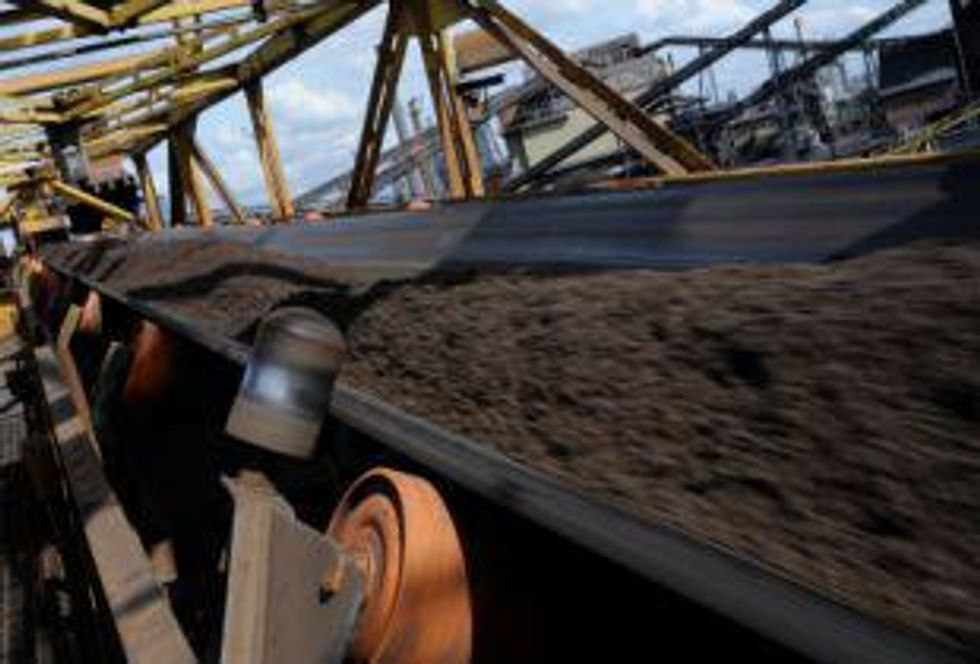As China severely reduces export quotas, the rest of the world is waking up to the reality of finding new sources for rare earth elements. This is a breakdown of some of the rare earth projects being developed outside of China.
By Michael Montgomery—Exclusive to Rare Earth Investing News
The recent developments in the severe reduction of export quotas from China will undoubtedly raise prices for rare earth elements around the globe. Governments around the world have begun to ramp up the exploration and mining projects of rare earths as they see the dire need to equalize the market. The quest for new sources of REEs grows from a need to capitalize on a market in high demand and ever decreasing supply, as well as the need for national security as many high tech defense systems require large amounts of various rare earths.The question on many people minds is: where will the new supply of the materials come from? And will they be economically viable considering the low production costs of materials from China?
Australia
Lynas Corporation Ltd. [ASX:LYC]
The Mount Weld project in Western Australia has an estimated reserve of 1.8 Mt of rare earth oxides, 19 percent of which is a neodymium reserve base. “A new price high of US$16.56/Kg was reached on 7 June 2010 for the average Mount Weld Rare Earths composition… This news bodes well for Lynas as it owns the richest deposit of Rare Earths in the world at Mt Weld,” reports Jeff Coote, for Proactive Investors.
The c ompany also has two plants under construction, a concentration plant in Western Australia, as well as an advanced materials plant in Malaysia.
Arafura Resources Limited [ASX:ARU]
Arafura’s Nolan project in the Northern Territory, Australia is a large rare earth deposit with a similar composition to that of Mount Weld. “Arafura has a resource from the measured to inferred categories of 30.3 million tonnes that contains 850,000 tonnes of rare earths (REO) at a grade of 2.8% REO,” according to Ross Louthean. The company projects a start date to the mine sometime in 2013.
Canada
Avalon Rare Metals [TSE:AVL]
Avalon’s primary operation is the Nechalacho Rare Earth Element Deposit located in the Northwest Territories, Canada. It is an advanced development mining project, 100-percent owned by Avalon, with a higher amount of “heavy rare earths” than the average REE projects. The company also has a project at Thor Lake that is of significant size.
“Indicated mineral resources for the Basal Zone are now estimated at 14.48 million tonnes of 1.82% total rare earth oxides (TREO), with an additional 6.89 million tonnes of 1.45% TREO in the Upper Zone. Estimated inferred mineral resources for the two zones total 175.93 million tonnes, averaging 1.43% TREO, representing 2.5 million tonnes of in-situ TREO,” according to a Proactive Investors report. The project is still in an exploratory phase with a projected start date of late 2014.
USA
Molycorp Inc.
Molycorp’s main asset, Mountain Pass mine in California, was the largest rare earth resource in the world but has been shut down since 2002. The company is hoping to begin production by the end of 2010.
The company released information on a upcoming IPO of over 28 million shares of common stock. In its filing with the SEC, the company stated it expects to “to be one of the world’s most integrated producers of rare-earth products, including oxides, metals, alloys and magnets,” said Mark Harden of Denver Business Journal.
The company expects shares to be offered at an estimated $15 to $17 per share, and expects to raise $350 million in capital.
Greenland
The country of just around 50,000 people is sitting on an estimated 36 percent of the world’s REE resources. This makes them the world leader in total REE resources with even more than China’s 32 percent share. However, mining in the ice bound country proves to be challenging not only with nature, but with significant political opposition.
Greenland Minerals and Energy [ASX:GGG]
The company’s Kvanefjeld project is a massive resource, but government zero-tolerance policy to the uranium held in the resource base keeps the project on hold. In May of this year, the municipal council decided to change the policy towards uranium from the zero-tolerance position to a ‘by-product’ policy to a maximum uranium concentration of less than .01 percent. The project could be one of the largest REE properties in the world supplying more than 20 percent of global REE demand.
“At a processing rate of 10.8 Mt pa, nominal forecast annual production is equivalent to 43,729 tonnes of Rare Earth Oxide (REO), and 3,895 tonnes of U3O8, with a mine life of >23 years. At this level of production Kvanefjeld could potentially supply >20% of global rare earth demand as of 2015/2016,” according to Proactive Investors.
